 ICE STORM
1998
ICE STORM
1998 
 ICE STORM
1998
ICE STORM
1998 
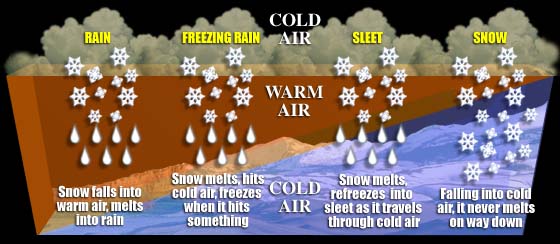
Source: The USA TODAY Weather Book
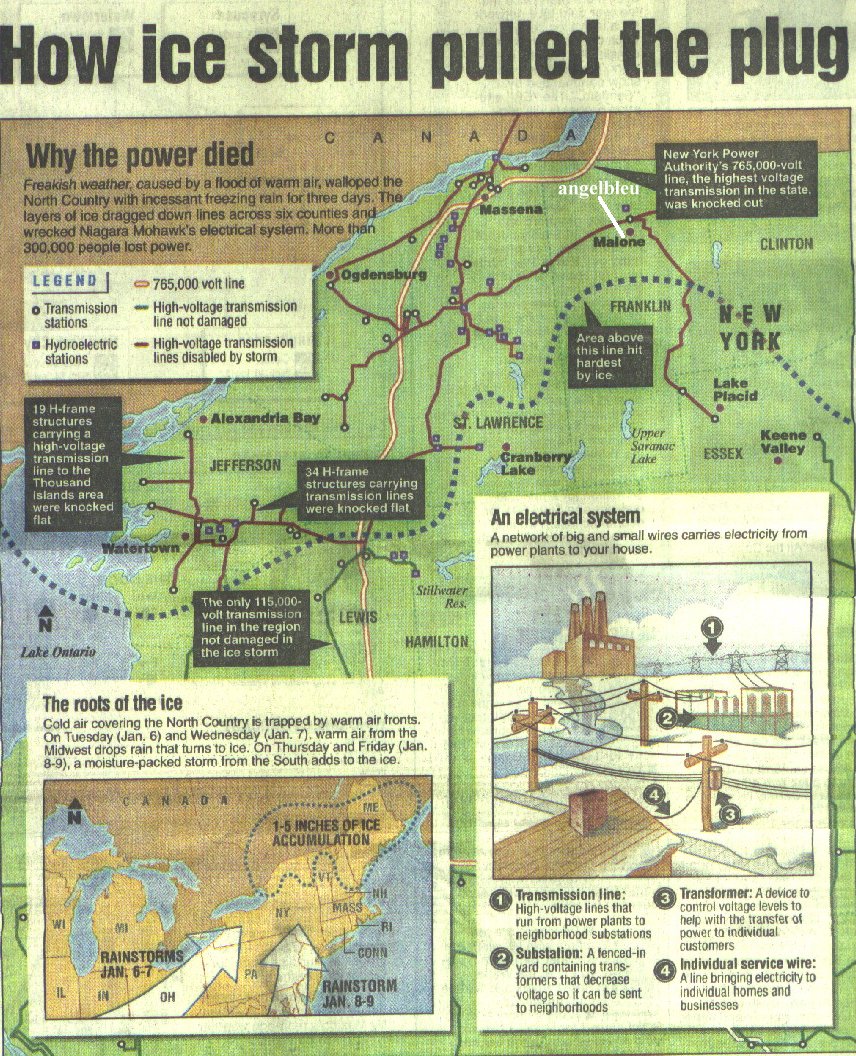
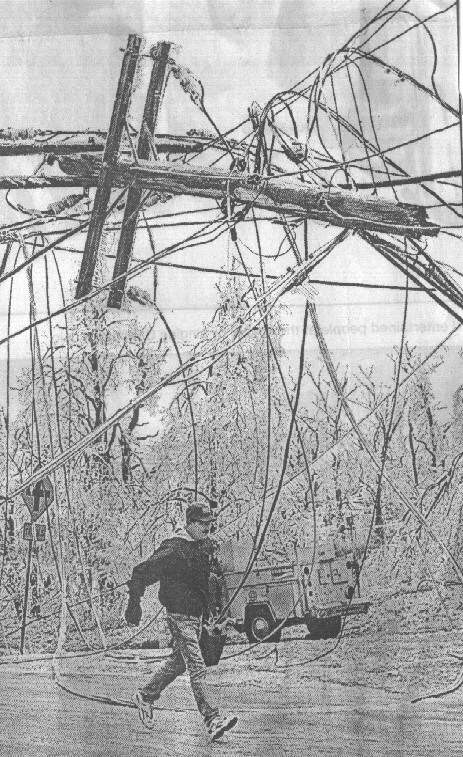
My area was
one of the fortunate ones to get our power back quickly. When our power came
back there were still 87,342 people without any. It was restored at
7:17 pm Jan. 12th but unfortunately we lost our phones again so were unable to
pass that news on to our loved ones. Even after the power was restored
everyone still was uneasy and wondering if it were going to last.
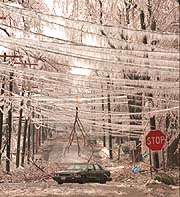 These Photos are
(AP) Pictures
These Photos are
(AP) Pictures 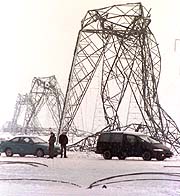
I was able to take some pictures from my windows. These were taken from various windows. I thought they might be of interest to you.
Countywide state of emergency or not, it's just another Saturday for Alvin and Lovina Graber. The chores are done by 11 a.m., the bread has been made, and there's time to relax.
Outside, eight of their nine children skate along rolling hills surrounding a 28-acre farm off County Road 38. The youngsters have appreciated Mother Nature's surprise all week long. But they haven't been allowed to miss school.
Inside, nobody is complaining that the cable television isn't working or that phone service hasn't been restored. They don't believe in such luxuries. The family is thankful that is links to the outside world -- a mailbox, horses and a roadside sign: "Fresh Bread every Thursday" -- were unharmed by the ice storm.
Pointing to a wood-burning stove, Graber says his routine will not change. He embarks upon a massive wood-chopping campaign every other year and, actually, the mild temperatures during the storm have been kind to his supply.
Mrs. Graber canned a cupboard's worth of food last August. There are enough vegetables and other goods to last them until next summer. And her business doesn't slow down for ice. If there's fire there's bread.
"The only thing that's different is we can't leave our animals out," Graber said, his smiling children huddled behind him in a dark doorway.
After the
first round of freezing rain fell, Graber secured the barn to make sure his
animals wouldn't be pelted by blowing ice. He cleared fallen tree limbs on
his property right away, keeping in mind that there will be more than enough
things to do on the farm after the snow
melts. Bad road
conditions do not disrupt this family. They don't travel much this time of
year, anyway.
Although the Grabers are in many ways isolated from the rest of the world they're good neighbors. They checked on a family down the road after the power went out, making sure everyone had enough food and water.
"My advice? Mostly, plan ahead, yes. Always have enough water and food. Get some kind of generator for heat. We use kerosene for our lights," said Graber, 31.
While their frustrated, cold neighbors camped in front of portable radios to find out when and where kerosene would be available, or whether Sears had generators left, the Grabers had stocked up on the necessities long ago.
A Norfolk native, Graber moved to the Midwest in 1983 to spend time with friends and his wife's family. The family returned to northern New York two years ago.
"I wouldn't want to have this (ice) every winter," Graber said with a laugh. "But it's better here. Down there they have tornadoes and hailstorms."